Most people are conscious of the importance of survival preparation and readiness mainly because of media and news when natural calamities happen in different places, however folks simply do not take necessary action and plans hoping and wishing that it would not happen to them. But naturally if you focus too much on hazard and disaster it's easy to become paranoid that it'd basically occur.
Instead of manifesting severe fear and panic, that's a definite certainty that tumults are unavoidable it could be wise to make a rather more concrete and rational plan for such an event. By taking this approach you will have the best balance, you'll have a reasonable plan in place, which should protect you and your folks in order that you can take helpful quick action and will not put you in confusion and dilemma.
Mainly, it is very essential to consider survival tools, gears, gadget or a kit that are appropriate in making such plan mentioned above. Thorough and careful inspection and selection are to be taken also in choosing and buying applicable items or a kit.
Too much focusing on protection and security, impractical paranoid thoughts can drain your psychological strength. That easy proverb of 'be prepared ' should truly be instilled in each human from a young age as human’s nature is to guard ourselves.
Your preparation is not the only the remedy to safety and survival. Daily simple routines and habits will be helpful to your regular life in a number of ways too. But when it comes down to safety and survival some preparation is naturally a key part. Take the example of a tsunami or robust quake.
A simple but complete emergency disaster plan with a superior survival kit and other survival gear can definitely make a great difference in coping with the implications. Those things won't simply be for your ego and 'feel good ' state, they can physically be beneficial and you will be pleased to were prepared.
Creating a suitable plan will require some thought and consideration. Making a list of real and possible scenarios that would happen to you during calamities and prioritize their extremity. Considering your geo location and what past calamities have or could occur regionally or where you can travel? For instance, if you live in CA or NYC then your disaster plan would be totally different. Are you planning for a tremor or the worst winter on record?
By knowing the chances and odds of diverse calamities you start to appreciate and picture what survival plan should look like and what suitable survival gear is satisfactory.
When thinking about what survival items you may need to purchase it's quite likely that you're going to need some kind of survival first aid kit. This is vital in some specific form and it could be that you have got the wish to make your own,or there are lots of well designed survival first aid kits that are excellent for most tragedies from the basic to all including contents.
Having the correct survival plan in place is vital however it really is no use unless you've got the right hardware prepared to give.
Climatic change is the rising of the Earth's normal temperatures. Climatic change began in the late 19th century and has certainly not discontinued going up ever since then. Earth's temperature has increased by 0.8 degrees Celsius since the early nineteen hundreds with two thirds of the total increase happening from the 1980.
One thing that has contributed widely to this change of temperature is greenhouse gases like carbon dioxide, nitrous oxide, methane and water vapor. This is as a result of human activities, such as burning of fossil fuel and the continuing deforestation. Because of this, climate change is the biggest humanitarian and environmental crisis today. The atmosphere is choking from too much carbon dioxide, because carbon dioxide traps heat in the atmosphere causing the disruption of the climate.
EFFECTS OF GLOBAL WARMING
Climatic change has caused the ocean levels to rise because of the melting of the ice sheets so that the lowland islands are in constant danger of being covered by the water this will prove to be a big problem to the people and ecosystems of these islands. Storms and hurricanes have become stronger, droughts and floods are becoming more and more common. In a few years' time there is going to be less fresh water available, spread of diseases such as malaria in areas that did not suffer from these diseases and change of ecosystems.
Since people are becoming more aware and can feel the impact that climate change is having on their lives, more and more people are requiring for action to be taken to reverse this trend. But since the impacts will take years even to reverse the best thing to do is to prepare for the effects of climate change.
DISASTER Readiness
With the changes of weather that have been brought about by Global warming you always need to be prepared for anything whether you live in areas that are prone to natural disasters or not. Hurricanes, floods, earthquakes and tornados are capable of destroying a whole region or a town for days and even weeks this catastrophic event usually causes death and injuries to people and they can be very devastating especially if you are not prepared.
A first aid kit is a tool that everyone really should have because it is the first medical assistant line that is used during emergencies, especially if the nature of the emergency is such that help cannot get to you first the first aid kit can help save your life.
Making A SURVIVAL FIRST AID KIT
The first and most important thing that every emergency first aid kit should have is water remember. In the course of disasters like flooding or tornados the primary water pipes can be contaminated and the water might not be safe for drinking. While you can go for many days and weeks without eating, you cannot survive for more than a week without water.
Food is the next thing you should make sure you have in your survival kit. The food should be non-perishable with the best option being canned food, it is also advisable to pack a can opener preferably non electric.
Since most large scale disasters result in power loss that take hours, days and sometimes weeks depending on the scale of the damage, having a flashlight in your kit may prove to be very handy. Make sure to choose a flashlight that does not need any batteries.
Have some clothes, sleeping bags and blankets just in case your home is destroyed or becomes uninhabitable. You can also pack duct tapes and plastic sheets to put up a shelter that you can temporarily live in before you are rescued. Have a medical kit prepared containing important things like rubbing alcohol, medical tape, gauze, aspirin ice pack, tissue pack and bandages. Lastly have a book in which you have written contacts like emergency, and relative contacts also write down important financial information like credit and bank card numbers.
|
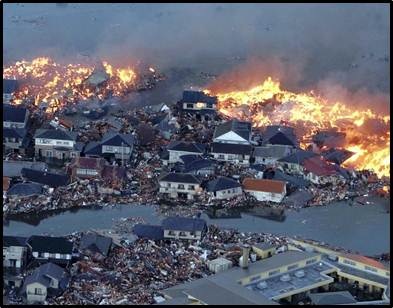
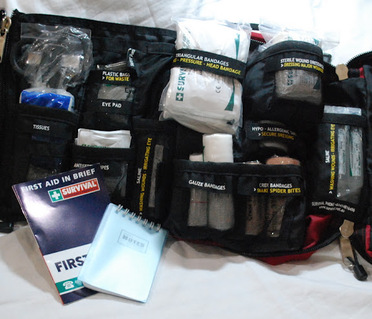
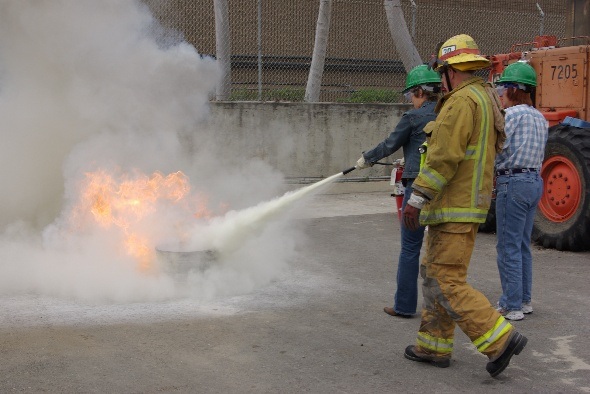
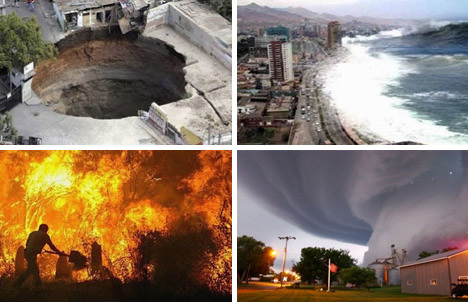
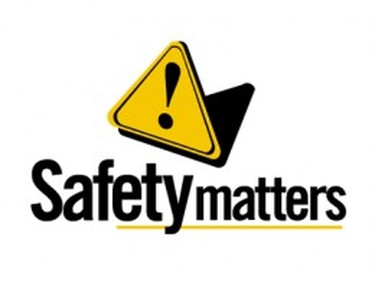
 RSS Feed
RSS Feed